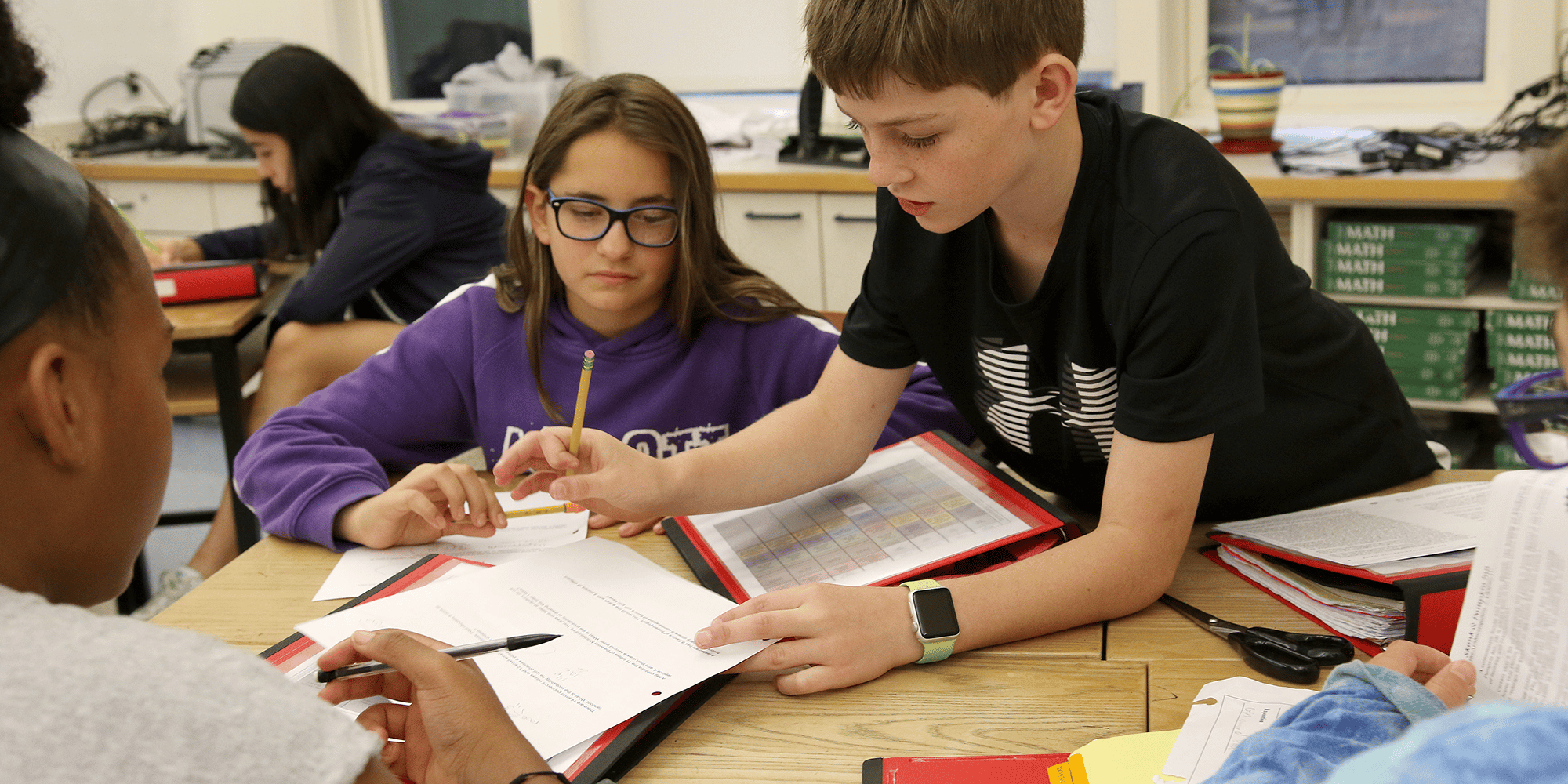Last week, we held an event for parents that included a tour of the Barn. The night was a great onefull of discovery both literal and figurativethat pulled back the veil on the excellence of the program that awaits our students.
Early in the tour, as we arrived at the innovation studio, I spoke about my hopes for the learning that will happen in that space. I hope it will be messy. And I hope, quite sincerely, that it will be a place where students will fail, early and often. A quick glance at the 40 or so folks gathered around, and I saw a pause hanging heavily across their faces at the suggestion that failure might be a good thing for our students. As I am sometimes inclined to do in moments like this, I doubled down and offered some context to my thinking.
At a school and in homes where the values of excellence and responsibility are so important, children are finely attuned to the disappointment adults may demonstrate when they experience failure. My theory holds that failure provides complex and valuable lessons for children. Let’s call the failure we encourage at Belmont Day, effective failure, as opposed to ineffective failure to which our children are rightly averse. There is nuance to failure, and we encourage students to lean into it, rather than avoid it.
Effective failure, especially in the context of innovation, provides rich opportunities for learning. It is grounded in thoughtful planning by teachers, careful design and purposeful execution by students, and often includes a spectacular collapse of some kind. Effective failure allows students to unpack their process, learn from it, and try a new and more informed iteration.
Students land in the zone of proximal developmenttaking risks while guided by the careful attention of a teacher, taking charge of their learning, and experiencing the joy of discovery.
It is low risk, high reward failure. Effective, through and through.
On the other hand, ineffective failure is born of not paying attention to important details, not putting in the critical thought and effort that a project requires, or reliance on one person’s thinking rather than harnessing the collaborative power of the group. These characteristics of ineffective failure are intentionally countered by the ways our teachers promote and model the habits of scholarship for our students.
It is essential that we help our students understand the distinction between effective and ineffective failure. Encouraging spectacular failure is a rigorous endeavor, filled with careful planning and patient design, not the opposite. As we consider the innovative spirit of our campus, we are working more and more on distinguishing this crucial difference for our students so that they become spectacular learners, even if that involves some failure along the way.
Have a great weekend, everyone.
Click the B to listen to this message at Blue Handprint Studios!


